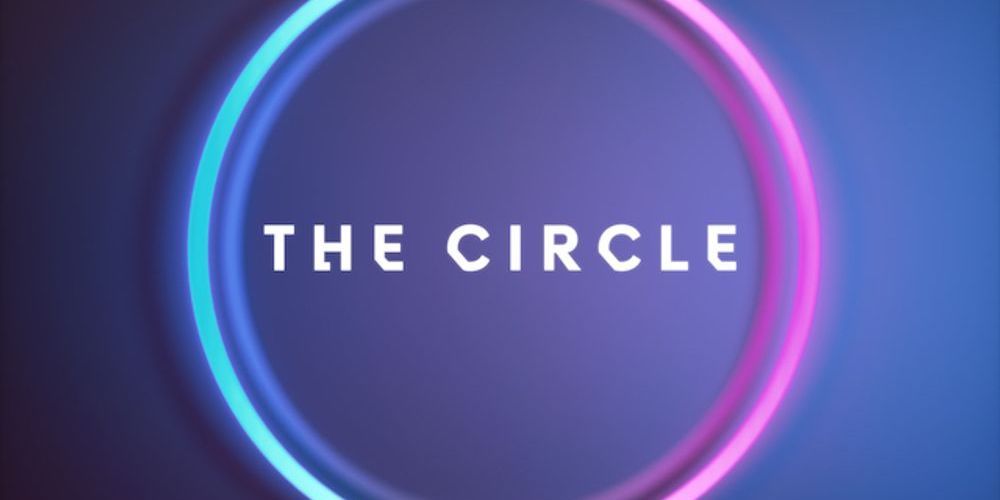Social Media Becomes Reality on "The Circle"
Combining strategy, dramatic storytelling and a total lack of mid-episode commercials, "The Circle" is one of the most exciting reality shows of the moment. Contributing writer Brianne LaBare '25 gives her advice on whether to give it a watch or a miss.


Reality television took the early 2000s by storm as shows like “Big Brother,” “American Idol” and “Keeping Up with the Kardashians” flooded networks with countless hours of unscripted entertainment. While these shows live on through their die-hard fandoms, a new type of reality television has emerged on Netflix, specifically through the hit show “The Circle.”
The premise of the show relies on all contestants being isolated from one another in separate apartments — not a far stretch from what we’ve experienced in the past year and a half — and only able to communicate with other contestants through a group messaging system unique to the show called “The Circle.” Much like the talk-to-text feature on every smartphone device, a computer program transcribes the messages for the chat.
Unlike other reality shows, where the authenticity comes from individuals acting, well, authentically, “The Circle” gives its contestants the choice to either “catfish” — create fake profiles to compete with — or play as themselves. Once each contestant has created their digital profile, the group gets to know one another, as authentically or unauthentically as they want. Randomly throughout an episode, the competitors independently rank each other — the one with the highest accumulated ranking gets crowned the “Influencer” of “The Circle.” Influencers get the opportunity to “block” one contestant, eliminating them from the game. Occasionally, the contestants will go head to head in curated digital games that both stimulate suspicions and strengthen alliances. Of course, this is all in the hopes of winning the $100,000 prize, awarded to the contestant who is ranked the Influencer in the last ranking of the season.
“The Circle” combines the strategic nature of “Survivor” with the drama of “Desperate Housewives.” All the while, both the show’s participants and viewers cozy up on the couch or bed to watch the mayhem unfold on their respective screens.
The show launched in January 2020 with an 81 percent on Rotten Tomatoes and an audience score of 70 percent. This bodes exceptionally well for the kickstarter project whose reality show counterparts on Netflix have not received the same ranking. Such as the Netflix original “Love Is Blind” which saw a 68 percent Rotten Tomatoes rating as well as “Too Hot To Handle” which scored an audience rating of 32 percent. The show’s explosive growth has accelerated further since a number of micro-celebrities, like Chloe Veitch from Netflix’s “Too Hot To Handle” have made guest appearances. The show has even managed to draw global pop sensations such as NSYNC’s Lance Bass into the competition — or at least his personal assistant posing as him.
What has set “The Circle” apart from the flurry of other reality television shows airing today is its organic flow. Netflix’s no-commercial policy allows the show to keep its momentum going. Without disruptive ads, the show’s gravity actually gets a chance to build rather than waiting between commercial breaks, after yet another cliche cliffhanger.
In theory, a lack of commercials should offset the production value of a television show. But in Netflix’s case, the striking production quality of their shows has thrived on this anti-advertisement format.
“The Circle’s” brilliant storytelling promises to not only launch the unscripted category as one of Netflix’s most successful genres — it also allows the platform to receive a major boost in marketing as viewers come back week after week to watch the newly released episodes. The establishment of this cyclical pattern, with episodes being released in clusters over several weeks, puts several of Netflix's reality shows on the trending page on Twitter, as well as keeping ratings up. Old viewers return, and new ones emerge through the storms of hype that erupt each week.
While the excitement around “The Circle” and its sister shows on Netflix continue to thrive among the regularly scheduled and varied media Netflix produces, the question arises as to whether or not Netflix will be able to amass the success of reality franchises in the broadcast realm. So far, the answer to this question remains to be seen, but for now “The Circle” and shows like it have helped establish Netflix in the reality television genre and catapult the streaming service to new heights of viewership.





Comments ()